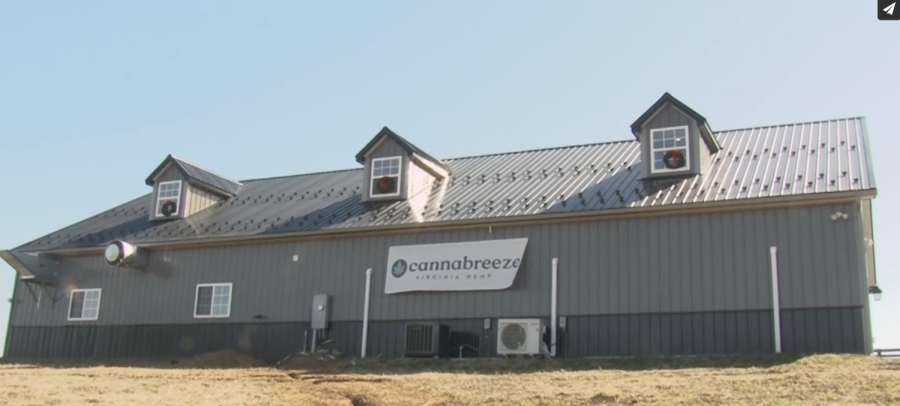OKLAHOMA CITY – The Oklahoma State Board of Health has formed a maternal health and obstetrician desert subcommittee to combat maternity care deserts, or areas physically inaccessible to maternity care, that plague the rural parts of the state.
Two meetings after its formation about six months ago, committee members are gathering data from neonatal intensive care units across Oklahoma counties, looking for NICU admissions that are longer than seven days.
Dr. Kinion Whittington, an obstetrician-gynecologist from Durant who is a board member and a member of the subcommittee, said through this collection of data, the committee might be able to make recommendations and get care to the rural communities affected.
“We know that we’re losing several labor and deliveries, so the places for them (expectant mothers) to deliver is shrinking, and they’re going to have to travel further to deliver,” Whittington said of the closing of rural maternity care providers.
Whittington said one helicopter ride for a neonatal intensive care-transported admission costs $60,000, while the admissions are tens of thousands if not hundreds of thousands of dollars.
“You can offer transport to another area, but these folks, they can’t take off two days a week of work to go to a 15-minute doctor’s appointment,” Whittington said about the socioeconomic status of the areas being studied.
Mark McCroskey, chief operating officer of Northeastern Health System in Tahlequah and a SBOH member and member of the subcommittee, said the number of deliveries has decreased in rural hospitals.
“That’s why a lot of hospitals, that’s one of the things they cut in terms of cost savings is because they just can’t pay all those people to be on standby and then not have enough babies delivered to pay the expense,” McCroskey said.
McCroskey said two-thirds of rural Oklahoma hospitals no longer offer obstetrical care, and there are only 79 rural hospitals in Oklahoma. He said 10 to 15 hospitals have closed in the past few years, and 20 more are slated to close this year.
The March of Dimes 2023 report card on maternal and infant health in the United States states that Oklahoma women have a high vulnerability to poor outcomes, primarily because of reproductive healthcare access.
The March of Dimes also conducted a study on maternity care deserts in the U.S. According to that study, more than half the counties in Oklahoma are considered maternity care deserts, compared to 32.6% nationwide.
Erin Coppenbarger, the former Oklahoma and current St. Louis manager of the Maternal and Infant Health Initiative for March of Dimes, said the purpose of the study is to dive deeper into the factors limiting access to maternity care and to inform the development of policy and practice recommendations.
Hannah Sizemore, a mother of two from Vian, said she has lived in the town, a maternity care desert, her entire life. She had her second child in November 2023.
Sizemore said she had to drive 45 minutes to see her doctor throughout her pregnancy. Because of the distance and her schedule, she said she had to reschedule two appointments.
“It was not up to date; in fact, my mom had me there, and they haven’t remodeled or updated that hospital since I was born there 26 years ago,” Sizemore said about her hospital experience.
Whittington said the number of hospitals providing maternal delivery services in rural Oklahoma is not going to increase. She said the only solution is to bring providers into communities that lack access.
“There’s a lot of dynamics, and there’s a lot of opinions,” McCroskey said. “I think it boils down that we need to do the right thing for the right reason.”
Gaylord News is a reporting project of the University of Oklahoma Gaylord College of Journalism and Mass Communication. For more information go to GaylordNews.net








